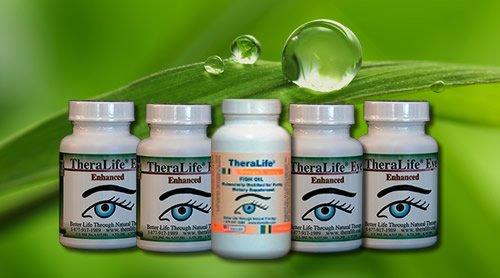Ocular
Rosacea
A diagnosis of ocular
rosacea is most easily determined if the patient also presents with the
dermatological signs associated with acne rosacea- spider veins on nose and
cheeks, however, in 20% of cases, ocular
rosacea can occur without skin evidences. This makes the diagnosis more
complicated.
Ocular rosacea is highly
probable in people who report persistent eye and lid redness, a gritty or
foreign body sensation or frequent styes (chronic dry eyes). Slit lamp signs
typically include thickened lid margins with telangiectasia, thick, turbid
meibomian gland secretions and tear film debris- Meibomian Gland Dysfunction. . Crusting and scales in the
lashes are also quite common. In severe cases, individuals can develop corneal
erosions, infiltrates and ulcers, and even suffer vision loss due to
substantial scarring and neovascularization.
Early diagnosis and
aggressive management is important for maintaining ocular health and preventing
vision loss. Management can range from warm compresses, lid scrubs and
lubrication in mild cases, to pulsed ophthalmic corticosteroids, topical
azithromycin (off-label) and oral tetracyclines (i.e. doxycycline and
minocycline) in moderate to severe cases. Tetracyclines are typically dosed
well below therapeutic concentrations, since the goal is to utilize its
anti-inflammatory properties and not necessarily its antibiotic traits.
Long-term maintenance with topical ophthalmic cyclosporin has also shown to be
effective and prescribing lid scrubs containing tea tree oil may also help, as
there appears to be a link between ocular rosacea and a bacterium (Bacillus oleronius) commonly found on Demodex mites. Regardless of the treatment, patients
must understand that rosacea is a chronic condition and long-term therapy is
required to maintain control and slow progression.
Symptoms of Rosacea.
Individuals with ocular
rosacea may not realize that they have dermatological (skin) disease (or vice
versa) because signs and symptoms can be subtle. If your have experienced them for a long time, you may not
even realize it’s abnormal. Family history of dermatological problems, or if
they experience facial flushing, especially when embarrassed or after eating
spicy foods, drinking alcohol or sun exposure. Look for redness, bumps or small
blood vessels on the cheeks, nose and forehead. A diagnosis of rosacea is not
to be taken lightly — more than 90% of sufferers report lowered self-esteem,
and 2/5 of patients say the condition has caused them to avoid public contact.4
A referral to a dermatologist can be very helpful.
This is an abstract from Dry Eye News, July 2015.
Theralife Can Help.
 How can TheraLife Eye help?
TheraLife® Eye
How can TheraLife Eye help?
TheraLife® Eye works by restoring normal cell functions to both
lacrimal and
meibomian glands. The result is balanced, sustainable tears from your own eye to provide comfort all day long.
Learn more

80% success for first time users!
Doctors Recommended!
Buy Now!
Watch a video
TheraLife Eye is all natural, safe and effective. 100% satisfaction guaranteed!
To learn more: www.theralife.com/eyeenhnaced.html
Visit our store: click here
 Want to talk to a doctor: Call toll free 1-917-1989
Want to talk to a doctor: Call toll free 1-917-1989
International call (650) 949-6080
Send inquiries to info@theralife.com
Visit us at: www.twitter.com/theralife
1. National Rosacea Society.
http://www.rosacea.org/class/classysystem.php
(Accessed June 26, 2015)
2. Schechter BA, Katz RS, Friedman LS. Efficacy of topical cyclosporine for the
treatment of ocular rosacea. Adv Ther. 2009 Jun;26(6):651-9
3. Li J, O'Reilly N, Sheha H, et al. Correlation between ocular Demodex infestation and serum immunoreactivity to Bacillus proteins in patients with facial rosacea. Ophthalmology. 2010;117:870-877.
4. National Rosacea Society. http://rosacea.org/rr/2013/fall/article_3.php
(Accessed June 26, 2015)
This is an abstract from



















